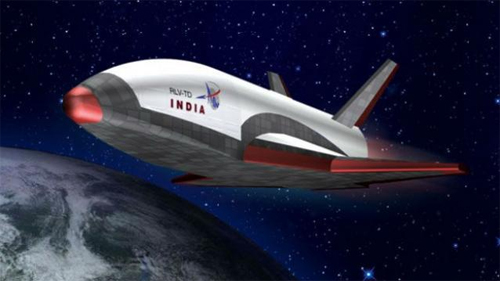 India has recently (23rd May) successfully launched the first technology demonstrator of indigenously made Reusable Launch Vehicle (RLV), capable of launching satellites into orbit around earth and then re-enter the atmosphere, from Sriharikota in Andhra Pradesh.
India has recently (23rd May) successfully launched the first technology demonstrator of indigenously made Reusable Launch Vehicle (RLV), capable of launching satellites into orbit around earth and then re-enter the atmosphere, from Sriharikota in Andhra Pradesh.
Paul Kostek, IEEE Senior Member, Past President of IEEE-USA, Past President of the IEEE Aerospace and Electronics Systems Society (AESS) and Principal Air Direct Solutions LLC shares his insights on this remarkable development.
The successful launch this week by the Indian Space Research Organization of the Experimental Shuttle Craft was referred to as a reusable launch vehicle, which when compared to the old NASA Space Shuttle program is true, but not of the vehicles developed by Space-X and Blue Origin. While a success, there are issues to be dealt with when it comes to reusing winged type vehicles. The original plan for the NASA shuttle was frequent reuse (original estimate was 55 launches a year), but this was not possible as the rocket booster needed to launch the Shuttle was larger than planned and took longer to produce resulting in limited launches. This will need to be considered as the Indian vehicle is built to the planned size. This is also why both Space X and Blue Origin are working on reusing the launch rockets, real cost savings are achieved by reusing the rocket stages. The experience of the Space Shuttle program was one where the concept of quick turnaround and reuse became a problem because of heat tiles and other upgrades after each return.
The questions as India moves forward will they also pursue developing reusable launch rocket stages along with the shuttle vehicle? And will launches from a shuttle vehicle be cheaper than a launch from a Space X rocket? These answers will determine if the vehicle is a success.






